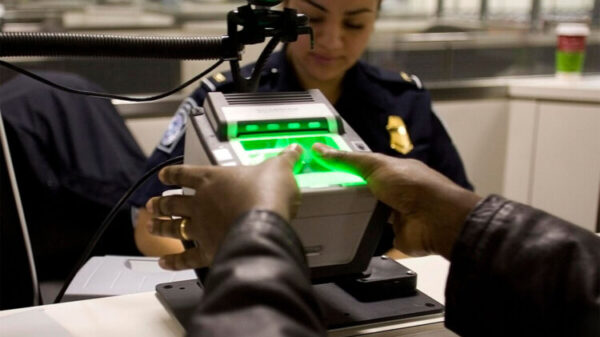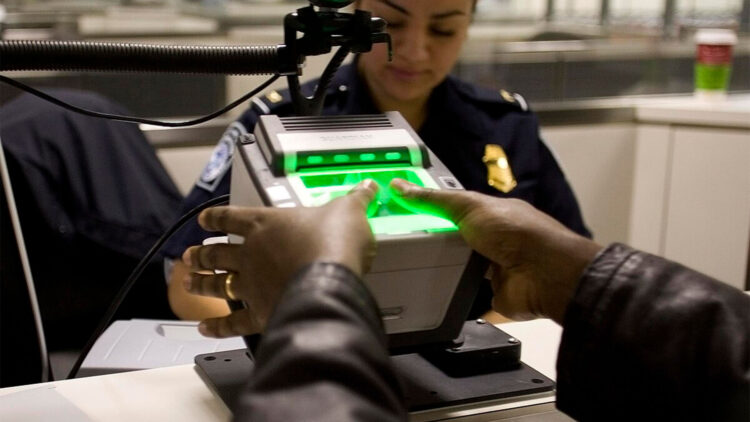Starting from December 26, 2023, the United States will implement comprehensive biometric screening for all foreign visitors. This new regulation, issued by the Department of Homeland Security (DHS), requires the collection of fingerprints, photographs, and facial scans upon both entry and exit from the country. The initiative aims to enhance national security by monitoring who enters and leaves the United States.
The rule mandates that every non-U.S. citizen, including tourists, temporary workers, and even children, will undergo biometric data collection. This policy is a crucial aspect of the DHS’s strategy to establish an “integrated biometric entry and exit system.” The objective is to compare data collected during entry and exit to improve security measures and reduce visa overstays.
According to the DHS, the implementation of this system will provide several benefits. These include confirming a traveler’s identity, ensuring that individuals depart within the specified timeframe of their visa, and identifying fraudulent documents or instances of identity theft. The DHS has already tested facial recognition technology in international airports, resulting in the identification of thousands of individuals with fraudulent identification or irregular immigration status.
Transitioning to Enhanced Security Measures
Previously, most biometric data collection occurred solely at the point of entry into the United States. The new regulations signify a substantial shift in border control practices, affecting both the United States and countries like Mexico. Facial recognition cameras will automatically capture images of foreign visitors at airports, seaports, and land borders. Depending on the specific checks required, officials may also collect fingerprints and other biometric identifiers.
Supporters of the biometric screening system argue that it aligns with procedures already in place in various regions of Europe, Asia, and Latin America. They believe that this technology can streamline airport processing times and enhance identification accuracy.
However, the initiative raises privacy concerns. Kate Lincoln-Goldfinch, an immigration lawyer and civil rights advocate based in Austin, Texas, remarked that the new regulation symbolizes a significant change in border policy and biometric surveillance. She emphasizes that families should be aware of how their biometric data will be handled, including its duration of retention, access protocols, and the process for rectifying potential errors in identification.
Balancing Security and Privacy
As the DHS moves forward with this policy, civil rights organizations caution that the United States may be entering a new era of extensive digital surveillance. Critics worry about the potential misuse of large databases of biometric information and the possibility of increased errors in facial recognition technology, particularly affecting specific ethnic groups.
The primary goal of this system is to create a more secure and efficient immigration process. However, the ongoing debate between security measures and individual privacy rights is expected to intensify. The manner in which the government balances these interests will significantly impact how millions of people travel to and from the United States in the years ahead.
As the implementation date approaches, the implications of these changes continue to unfold, raising important questions about the future of travel and surveillance in America.



































































